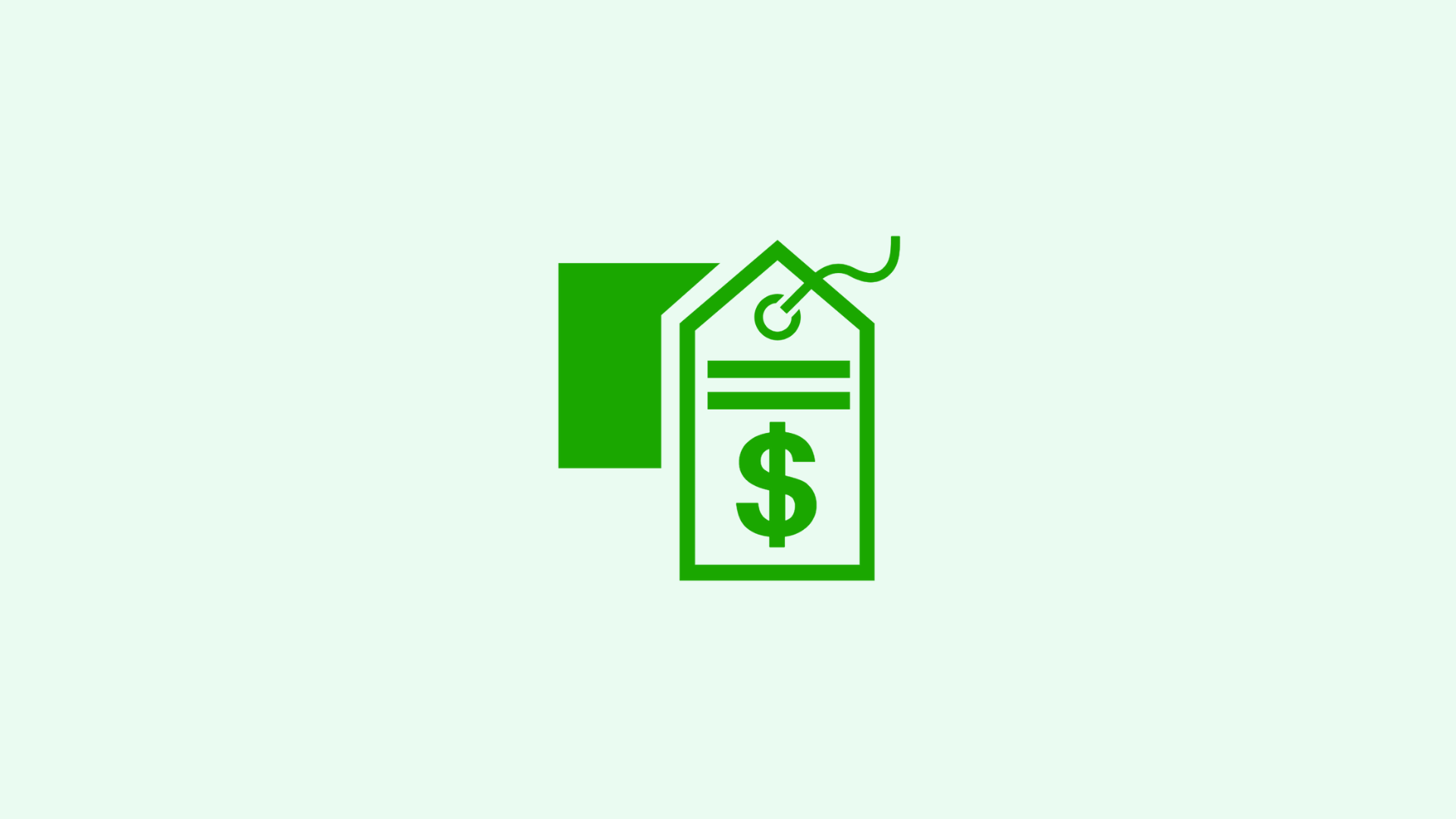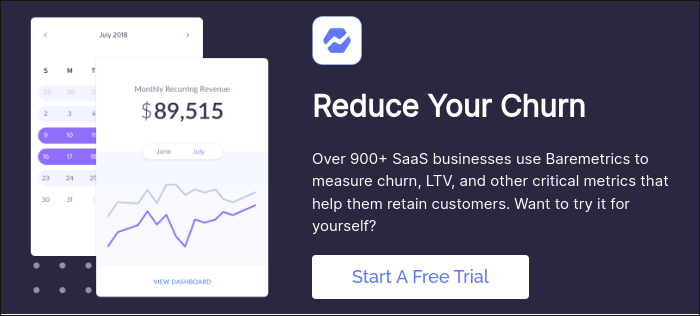Table of Contents

Gone are the days where you can throw a dart to pick your starting price and work towards the correct one (okay, maybe this was never the case). While price analysis and price experimentation are the basis of price optimization, you need to start with a sound pricing strategy.
The SaaS market is highly competitive, with new businesses cropping up daily and every legacy software company up to Microsoft finding ways to get their foot in the door. There is too much at stake to waste time looking for the ideal price at random.
And while there is no universal way to come up with a fair price for your product—at least not one the market will respond to favorably—economists and businesspeople alike have given a lot of attention to the topic of pricing recently.
While it is easy to pinpoint where the price shouldn’t be, i.e., below your long-term marginal cost or above the willingness to pay for a sufficient number of clients, it is really difficult to decide where the price should be.
Thankfully, Baremetrics is here with an ongoing series about pricing strategies. While we have dealt with many key topics so far, including cost plus pricing, bundle pricing, penetration pricing, price skimming, and psychological pricing, as well as articles on price optimization and price leadership, we haven’t brought many of the different pricing strategies together into a comparative list yet.
Well, here it is. In this article, we will compare 10 pricing strategy examples, such as premium pricing, promotional pricing, and competition-based pricing. We’ll take a look at these examples together with some of their common iterations and hybrid forms.
Whatever pricing strategy you choose, use Baremetrics to monitor your sales data.
Baremetrics makes it easy to collect and visualize all of your sales data, including your MRR, ARR, LTV, and so much more.
Integrating this innovative tool can make evaluating your pricing strategy seamless for your SaaS company, and you should start a free trial today.
What is a pricing strategy?
A pricing strategy is basically the methodology a company uses to come up with a price for its products. Yes, that technically does mean that throwing a dart is a pricing strategy, but let’s focus on the ones that are more likely to hit the bull’s eye (apologies to my vegan friends).
These strategies typically involve some math, and it is rare to use only one strategy at a time. Indeed, the best strategies are the hybrid ones that take into account your cost structure, the demographics of your target market, the competition, and any other data you can get your hands on.
Benefits of a pricing strategy
Just as the Internet has made it easier for you to look up your competitor’s pricing strategies to make sure you are in line with market expectations, your customers have also become incredibly savvy with price checking.
Without a sound pricing strategy, you will either be pushing customers away with unreasonably high prices or leaving money on the table by undervaluing your product. Both of these are disasters waiting to happen.
Let’s take a look at some of the best pricing strategies you can invest in today to maximize your profit.
If you’re looking for a smarter way to measure the effect of a new pricing strategy, get in touch or sign up for the Baremetrics free trial today.
Have a look at the demo to see how Baremetrics can show you the results of your marketing decisions.
Top 10 pricing strategy examples
While the pricing strategy examples below are a great place to start, keep in mind that each individual strategy is not going to be sufficient. The price strategy to run in a real-world application is going to be a combination of several of these that in cooperation are a tailored approach to your customer base.
Furthermore, with proper experimentation and the maturing of your business, you will likely find that the strategies that work best change over time.
1. Price skimming
Price skimming is founded on rather complex economics. Essentially, as you enter the market, especially with a radically new product with low to no competition, you can take more of the “consumer surplus” by pricing your product really high. The early adopters are willing to pay a lot more for your product so you can charge a higher price. Then, over time, you lower your price so that each subsequent cohort of customers pays slightly less.
This is a great way to quickly recoup all those high R&D costs of your new platform.
2. Penetration pricing
Opposite to price skimming, with penetration pricing, you aim to quickly build up a loyal customer base with much lower prices at launch. When your product is going to be one of a thousand on the market, even if we know that it is the best, most user-friendly of the bunch, it could be difficult to pull customers away from competitors. A very low initial price—so low that it can get some media attention—might get you that needed base of subscribers to build a profitable recurring revenue stream on.
3. Competitive pricing
While penetration pricing is all about low initial prices and then raising them slowly over time, competitive pricing is all about low prices for a long period of time. While this might seem like a bad way to maximize profits, so long as these low prices aren’t below your marginal cost structure while still being low enough that your competitors are constantly losing clients to you, then the market will slowly shift towards you and your “low prices” won’t actually be all that low anymore.
For example, Walmart comes to town and kills the local competition with massively low prices, and then once all the shops downtown are gone, raises prices to a point still lower than any remaining competition but well above the previous average prices in the town.
4. Premium pricing
This is all about pricing to imply your quality. If your customers are interested in high quality, then having higher, premium prices can actually be a signal to your high quality and lead to even more sales. Be sure to back up your premium prices with premium products and services though!
5. Loss leader pricing
A loss leader is essentially a single product placed on a deep discount to get people in the door buying everything else in sight.
To go back to Walmart, their loss leader would be a heavily discounted big screen TV that gets you in the door buying everything in sight (at regular prices even if marked with a red sale tag) on Black Friday.
6. Psychological pricing
Psychological pricing is any pricing strategy designed to get people thinking about a purchase emotionally instead of logically. For example, many studies have shown that consumers ignore pennies when making a purchase so $4.99 and $4 “feel” like the same price.
Another example is using ad-copy that makes it seem like the prices will go up soon, or the product is offered for a limited time only.
Be careful, though, as consumers do not like to be manipulated and relying too heavily on psychological pricing could be problematic in the long term if consumers start thinking you are dishonest.
7. Value pricing
Value pricing is a strategy where your prices are based on the value consumers get out of your products. While you aren’t premium pricing (high prices based on your high quality) or economy pricing (low prices based on a basic product level), value pricing is about the consumers feeling they are getting good “value for money”.
If you can understand your customers’ needs, wants, motivations, and pain points, then you can position your product as reasonably priced based on the value it adds to their organization.
8. Bundle pricing
Bundle pricing is the staple system of the SaaS enterprise. You offer a bundle of related products for a single price that is lower than the price your customer would pay for all the products separately. This can work with a tiered pricing model, where each tier is a separate bundle.
9. Economy pricing
Economy pricing is the opposite of premium pricing. This pricing strategy is based around being the basic model for a low price. Unlike a bundle which has everything the consumer needs, wants, doesn’t need, and doesn’t want combined, the economy pricing strategy stipulates that you only offer the bare minimum needed product or service for the lowest possible price.
10. Promotional pricing
Promotional pricing is another competitive pricing strategy. For example, you can offer discount codes to potential customers. The goal is to entice buyers to make a purchase today.
Summary
This list is not even close to exhaustive. There’s also geographical pricing, captive pricing, dynamic price, odd-even pricing, and a whole lot more—not to mention all the various hybrid and derivative approaches. Indeed, the only real-world pricing strategies are hybrids of these one-dimensional examples. With your price point being so important, it is no wonder that there are hundreds of ways to come up with an appropriate price, not to mention the main ways to run price experiments as well.
Baremetrics is the obvious choice for SaaS businesses seeking to better track their revenue while making major pricing strategy changes.
If you’re looking for a smarter way to approach your SaaS business’s revenue performance, get in touch or sign up for the Baremetrics free trial today.
Marketing channels are only as good as their results. Have a look at the demo to see which marketing and business insights Baremetrics can unlock for you.
All the data your startup needs
Get deep insights into your company’s MRR, churn and other vital metrics for your SaaS business.



